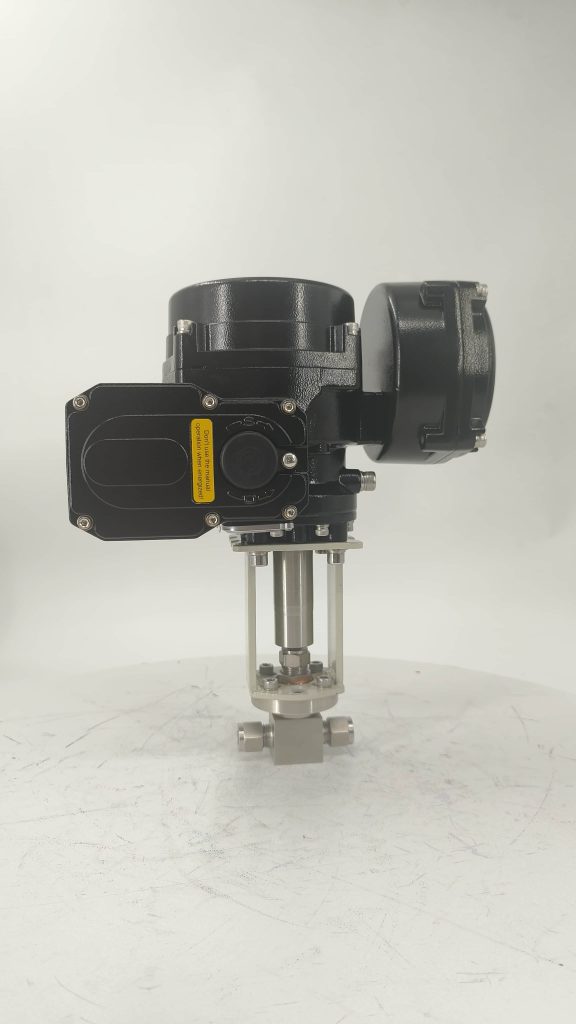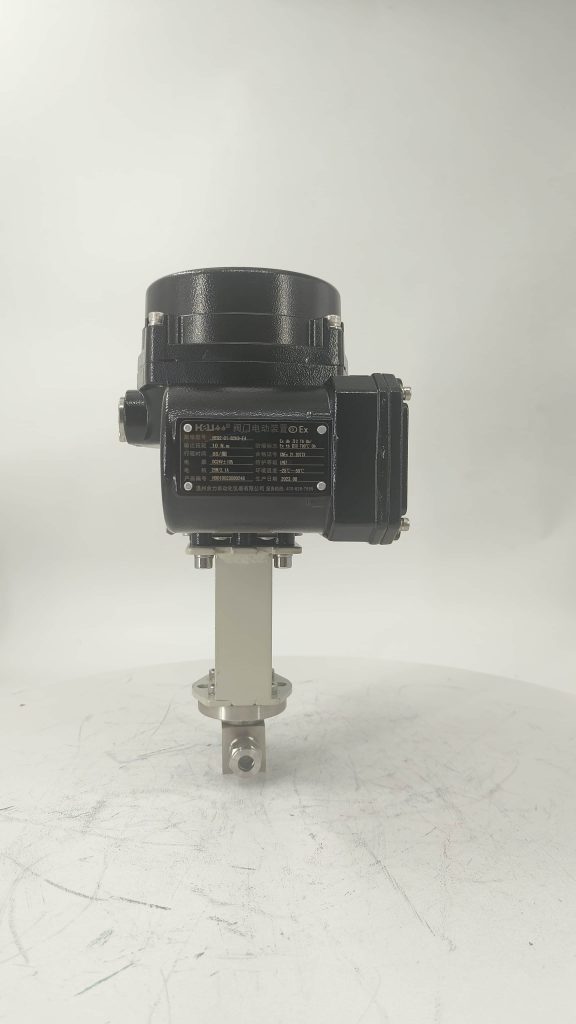In the realm of industrial automation and safety, the Explosion-proof Electric Valve stands as a testament to technological advancement and innovation. This specialized type of valve is designed to operate safely and efficiently in environments where the risk of explosion due to the presence of flammable gases or dusts is high. Its importance cannot be overstated, especially in industries like petrochemicals, mining, and pharmaceuticals, where the consequences of a single spark can be catastrophic.

The core principle of the explosion-proof electric valve lies in its ability to withstand internal arcs and prevent the ignition of surrounding gases. Its robust construction, often made of corrosion-resistant materials, ensures durability even in harsh conditions. The valve’s internal components are carefully engineered to minimize the generation of heat and sparks, while its sealing mechanism ensures tight closure to prevent the leakage of potentially explosive gases.

The application of explosion-proof electric valves is widespread. In oil and gas facilities, these valves regulate the flow of flammable liquids and gases, ensuring the safe and efficient operation of pipelines and storage tanks. In mines, they control the ventilation systems, maintaining a safe atmospheric environment for workers. Even in the pharmaceutical industry, where volatile chemicals are commonly used, explosion-proof electric valves play a crucial role in preventing accidents and protecting personnel. One of the key advantages of explosion-proof electric valves is their remote operability. Through integrated electronic systems, these valves can be controlled remotely, allowing operators to adjust flow rates or shut down systems without having to physically access the valves. This not only enhances safety but also improves operational efficiency.

Leave a Reply